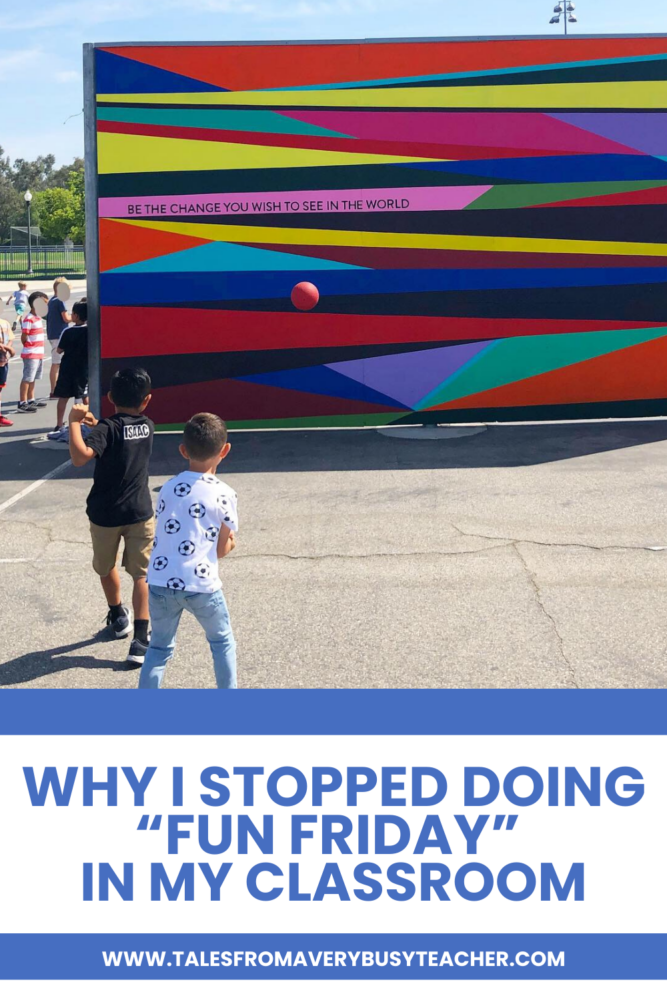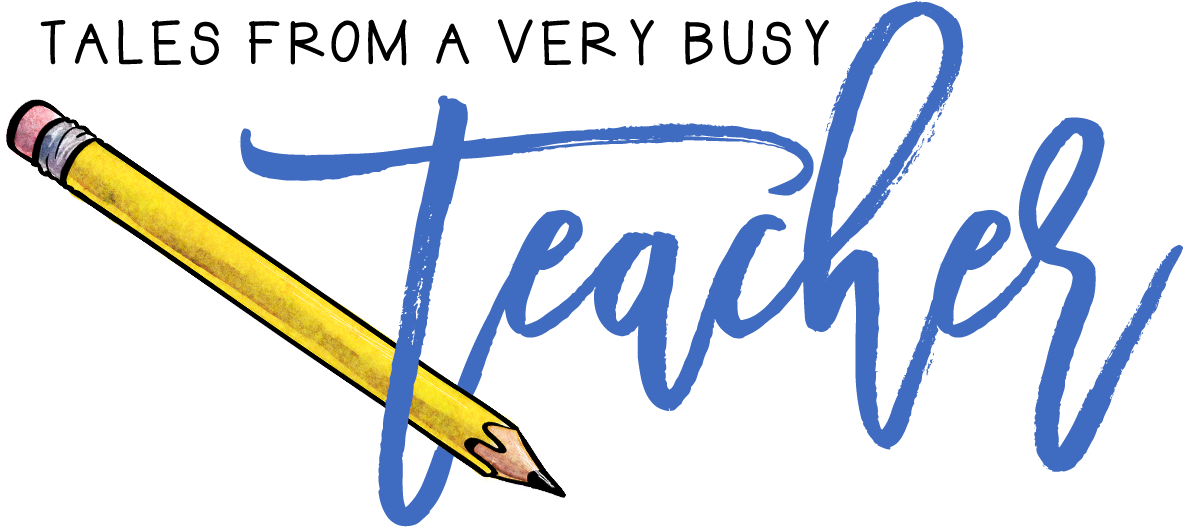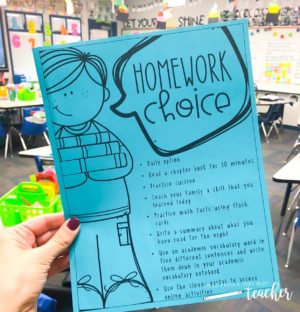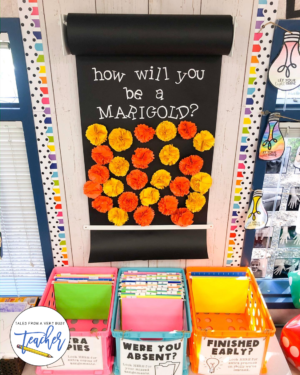Fun Friday is a beloved tradition in many elementary classrooms. It’s meant to be a time for students to let loose and enjoy themselves after a week of hard work. But after trying it in my own classroom, I realized it wasn’t working for me or my students. Here’s why I decided to leave Fun Friday behind—and what I’ve chosen to do instead.
It Felt Inequitable
Fun Friday often hinges on the idea that students have to “earn” it by completing work or meeting behavior expectations. But for some students, barriers like learning challenges, home situations, or behavioral struggles made it harder for them to participate. Excluding students from Fun Friday didn’t sit right with me. Instead of being a motivator, it became a way to highlight inequities in my classroom.
It Didn’t Change Behavior
I hoped that using Fun Friday as an incentive would encourage my students to meet classroom expectations and finish their work. However, I quickly realized it wasn’t working. Missing out on Fun Friday didn’t teach students how to improve their behavior or develop better habits. It simply left them feeling frustrated and disconnected.
It Created a Negative Classroom Culture
Over time, I noticed a shift in my classroom culture. Some students who struggled to meet the requirements for Fun Friday began to give up entirely. They’d think, “What’s the point of even trying?” Others started to resent their classmates who consistently participated, especially in upper grades. Instead of fostering a sense of community, Fun Friday was creating division.
It Caused Anxiety
As Friday approached, the anxiety in my classroom would rise. Students would constantly ask, “Did we lose Fun Friday?!” or “Will I get to do Fun Friday this week?” For some, the pressure to “earn” Fun Friday became overwhelming. Instead of being a fun end to the week, it became a source of stress—for my students and for me.
It Was a Lot to Keep Up With
On top of all that, managing Fun Friday was exhausting. Keeping track of who had “earned” it, explaining why someone couldn’t participate, and dealing with the emotions that came with exclusions took up so much time and energy. It wasn’t sustainable, and it certainly wasn’t the classroom environment I wanted to create.
What I Did Instead
Instead of Fun Friday, I shifted to using whole-class rewards that everyone could participate in. When students worked together to meet behavior expectations, they earned rewards like extra recess, Chromebook time, or buddy reading. These rewards were simple, but they were meaningful—and everyone was included.
For students with challenging behaviors or incomplete work, I implemented personal and logical consequences. I also worked with them to create plans for improvement. My goal was to teach them how to fix their mistakes and do better next time, rather than excluding them from something fun.
More Alternatives to Fun Friday
If you’re considering moving away from Fun Friday, here are some ideas you can try instead:
- Classroom Community Time: Dedicate time on Fridays for activities that strengthen classroom relationships, like team-building games, a circle of appreciation, or a collaborative art project.
- Free Choice Stations: Set up stations with different activities (e.g., board games, STEM challenges, art supplies) and let students rotate through them. Everyone gets to participate!
- Passion Projects: Allow students to explore a topic of their choice and share their findings with the class. This encourages creativity and engagement.
- Classroom Economy Rewards: Use a classroom economy system where students earn “classroom bucks” throughout the week. On Fridays, they can “shop” for rewards like extra free time, a classroom job, or lunch with the teacher.
- Fun Fridays for All: Keep Fun Friday, but remove the “earned” aspect. Plan fun, inclusive activities like movie afternoons, karaoke, or themed dress-up days that everyone can enjoy.
- Rotating Celebration Leaders: Let students take turns planning an end-of-week celebration. They could choose a read-aloud book, lead a game, or help organize a simple class party.
- Goal-Setting Reflection Time: Spend time reflecting on the week’s accomplishments and setting goals for the next. Pair this with a treat like popcorn or a classroom dance party.
My Goal as a Teacher
Ultimately, my goal is to help my students grow—not just academically, but as individuals and citizens. I want them to learn from their mistakes, understand how their actions affect others, and feel motivated to improve. Fun Friday didn’t align with those goals, but whole-class rewards and individualized support did.
What About You?
I know every classroom is different, and Fun Friday might work for you. But for me, it just wasn’t the right fit. I’d love to hear your thoughts! Do you agree with my decision to stop doing Fun Friday? Or do you have other alternatives that have worked well for your classroom? Let’s continue the conversation—share your thoughts in the comments below!





